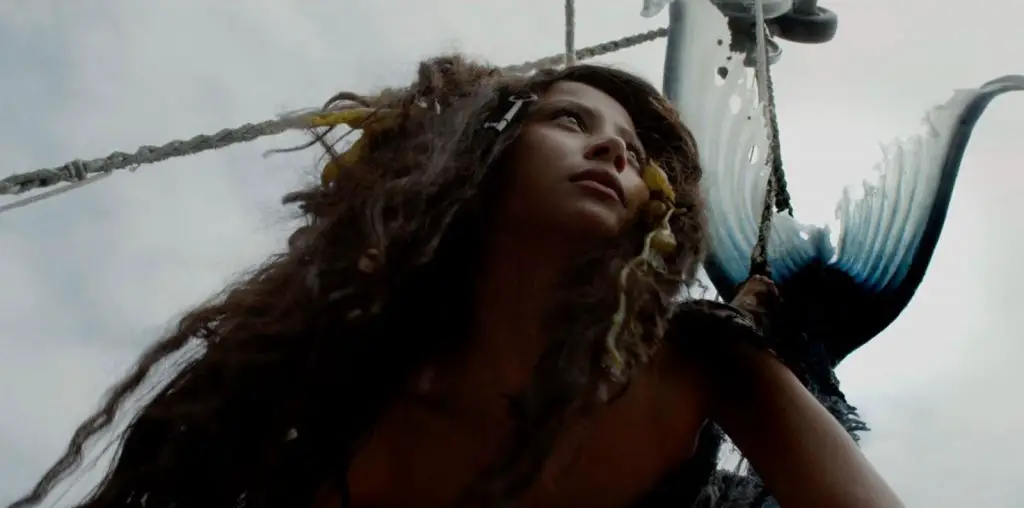
One can see the seeds of, if not the whole French New Wave, then at least Jean Luc-Godard’s Breathless in Louis Malle’s Elevator to the Gallows. Part film noir, part melodrama, part Hitchcockian thriller, the film strives to be anything and everything and in many ways succeeds.
The film opens to the sound of a brooding trumpet and a close-up of the extraordinarily glamorous Jeanne Moreau, confessing her love in breathy tones to the hard-as-nails Maurice Ronet. Ronet plays a businessman who murders his boss, who is also Moreau’s husband. After he leaves the office for the evening, he realizes that he left the rope that he used to scale the wall to get to his ex-boss’s office is still outside. He leaves his car running and goes back inside to get it, only to be stuck in the elevator on the way up with no hope of getting out until the following week.
Fascinatingly, it is this one character’s complete inability to act that creates the framework throughout which the entire rest of the film’s events occur. The flower girl who was watching Ronet from afar and her wannabe revolutionary boyfriend make off with Ronet’s car for a dangerous excursion into the world of the upper class, while Moreau mistakenly thinks Ronet takes off with the flower girl and searches all around Paris for him.
Director Malle conveys a strong grasp of character nuance, which would serve him well in his much-heralded and very diverse future cinematic works. Ronet is a character who is “covered in medals and scars,” and surely enough, his determination (albeit generally unsuccessful) becomes apparent when he attempts to spend at least half the film trying to get out of an elevator. Veronique the florist and her boyfriend Louis are an odd pairing; they are like the precursors to the mismatched lovers of “Natural Born Killers” or “True Romance.” Louis fancies himself a principled existentialist (“My generation has other thing on its mind,” he says to the wealthy individual he meets when on the road.) but is essentially a common thug, while Veronique drips with romantic notions. After a botched murder, Veronique attempts to convince Louis that they both poison themselves, saying, “We’ll only be together in the headlines,” the irony of which becomes apparent at the end of the film.
In terms of plot, Elevator to the Gallows is less successful. The film is riddled with inconsistencies—Ronet scaling a wall in broad daylight, film from a camera is developed that took nothing but shots of the unfaithful couple in amorous poses.
This would be bothersome if Elevator to the Gallows were merely a thriller. However, the film has more than a bit going for it, and the score by Miles Davis, recorded with a number of French jazz musicians in between the twin landmarks of his first major collaboration with Gil Evans, “Miles Ahead,” and the recording of the most famous jazz record of all time, “Kind of Blue,” is startlingly beautiful. The scene with Jeanne Moreau walking the streets of Paris looking for her trapped lover while Miles Davis’ phenomenal trumpet plays is worth the price of admission. Damned if Godard didn’t have it in mind when filming Jean Seberg strolling down the Champs Elysees a couple years later.
